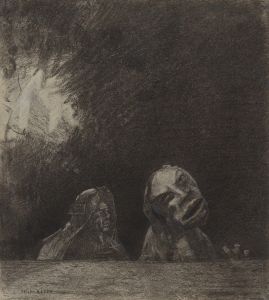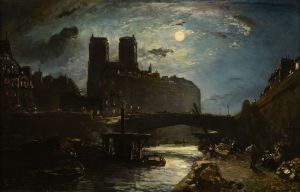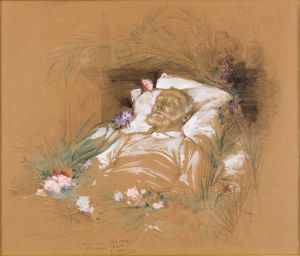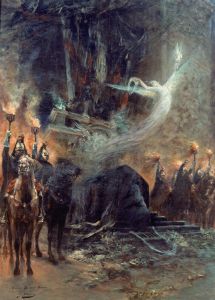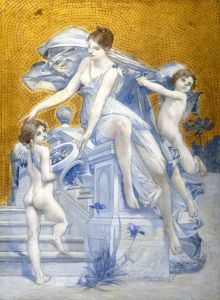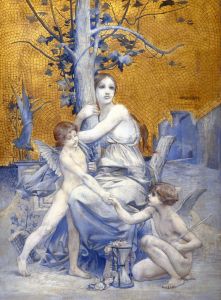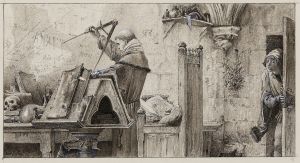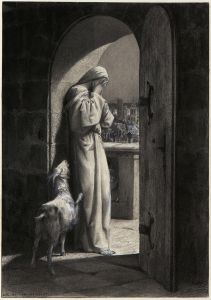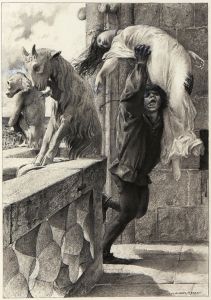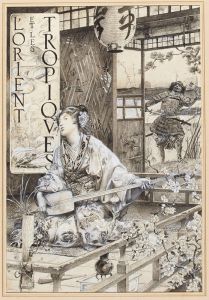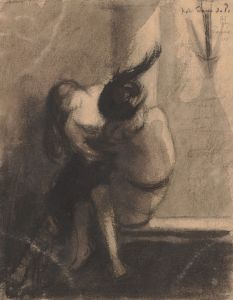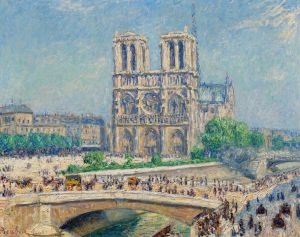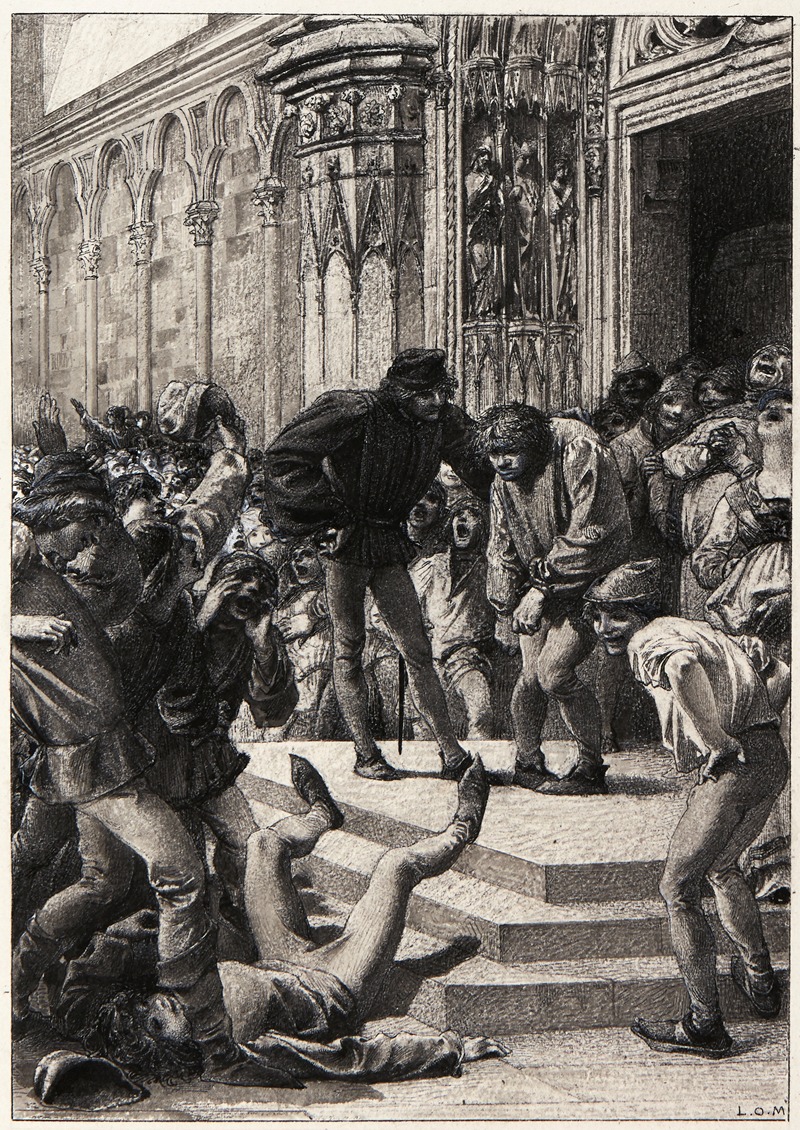
Quasimodo
A hand-painted replica of Luc-Olivier Merson’s masterpiece Quasimodo, meticulously crafted by professional artists to capture the true essence of the original. Each piece is created with museum-quality canvas and rare mineral pigments, carefully painted by experienced artists with delicate brushstrokes and rich, layered colors to perfectly recreate the texture of the original artwork. Unlike machine-printed reproductions, this hand-painted version brings the painting to life, infused with the artist’s emotions and skill in every stroke. Whether for personal collection or home decoration, it instantly elevates the artistic atmosphere of any space.
Luc-Olivier Merson's painting "Quasimodo" is a 19th-century artwork inspired by Victor Hugo's 1831 novel Notre-Dame de Paris (commonly known in English as The Hunchback of Notre-Dame). The painting depicts Quasimodo, the novel's central character, who is the deformed and kind-hearted bell ringer of Notre-Dame Cathedral in Paris. Merson's work captures the emotional depth and tragic isolation of Quasimodo, reflecting the Romantic era's fascination with themes of beauty, deformity, and human suffering.
Luc-Olivier Merson (1846–1920) was a French academic painter and illustrator known for his detailed and often dramatic compositions. He was part of the Academic art tradition, which emphasized technical skill and adherence to classical themes. Merson's works often drew on literary and historical subjects, and his painting "Quasimodo" is no exception, as it directly references one of the most famous works of French literature.
The painting portrays Quasimodo in a moment of solitude, emphasizing his physical deformities and emotional vulnerability. Merson's use of light and shadow enhances the dramatic atmosphere, drawing attention to Quasimodo's expressive face and posture. The setting of the painting, likely referencing the iconic Notre-Dame Cathedral, situates the character within the architectural grandeur and Gothic ambiance central to Hugo's novel.
"Quasimodo" by Merson is an example of how 19th-century artists engaged with literary works to explore complex human emotions and societal themes. The painting reflects the Romantic movement's interest in marginalized figures and their inner lives, as well as the broader cultural impact of Hugo's novel, which had a significant influence on art, theater, and later film adaptations.
While Merson is perhaps better known for other works, such as his illustrations and designs for French currency and postage stamps, "Quasimodo" remains a notable example of his ability to translate literary themes into visual art. The painting contributes to the enduring legacy of Victor Hugo's novel and its exploration of compassion, prejudice, and the human condition.
Further details about the painting's current location, dimensions, or specific creation date are not widely documented.





